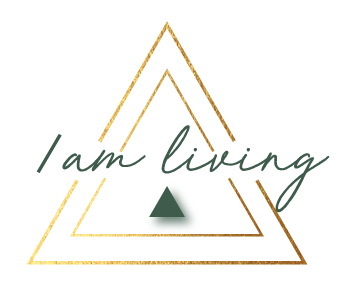
You Can’t Stop the Waves–But You Can Remember What’s Beneath Them
Life will bring waves. Emotions will rise. Change will crash. But there’s always a current of calm. And we forget that at our own expense.

Returning to Love: A Practice for Complex Times
This week, I’m sharing a reflection on compassion: not as something we give, but as something we practice returning to. Inspired by Reverend Gregory Boyle and Pema Chödrön, this piece explores how self-judgment blocks our ability to connect—and how softening inward is what helps us meet others with grace.

What needs to die—so you can fully live? 🌱
"Every night, I choose to die…I let my ego, my known 'self' die, and I wake up each day, ready to be reborn."
🌀Stress isn’t the enemy—it’s the invitation.🌀
Not all stress is created equal. While some drains us, other types stretch and grow us into who we’re meant to become. The key? Learning how to engage with stress intentionally—leaning into discomfort that fuels growth while replenishing your inner reserves to avoid burnout.
Anxiety and Compassion: Learning to Work with Your Mind 🙌
Anxiety has a way of taking root in the unknown. The moment our brain senses uncertainty, it kicks into “protection mode,” imagining all the worst-case scenarios to help us prepare. But instead of helping us, it usually just paralyzes us.
How Redefining Failure Unlocks Unimaginable Growth and Success
Fear of failure. Studies reveal that up to 70% of people hold back from pursuing their dreams due to this very fear.
